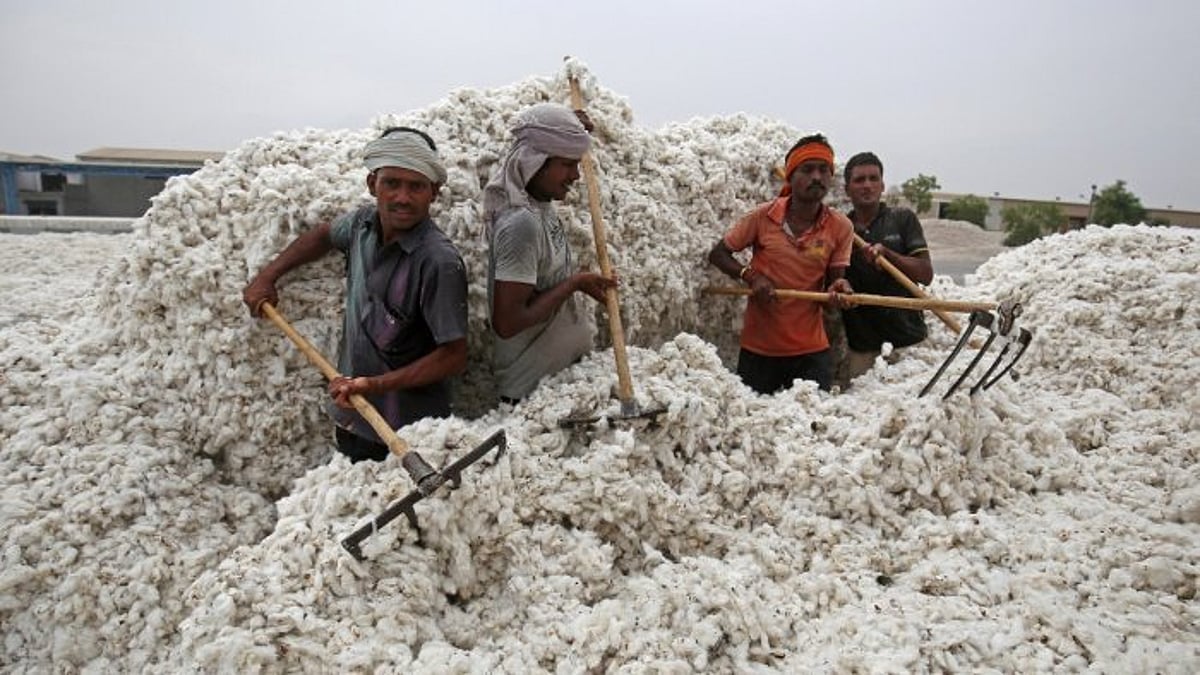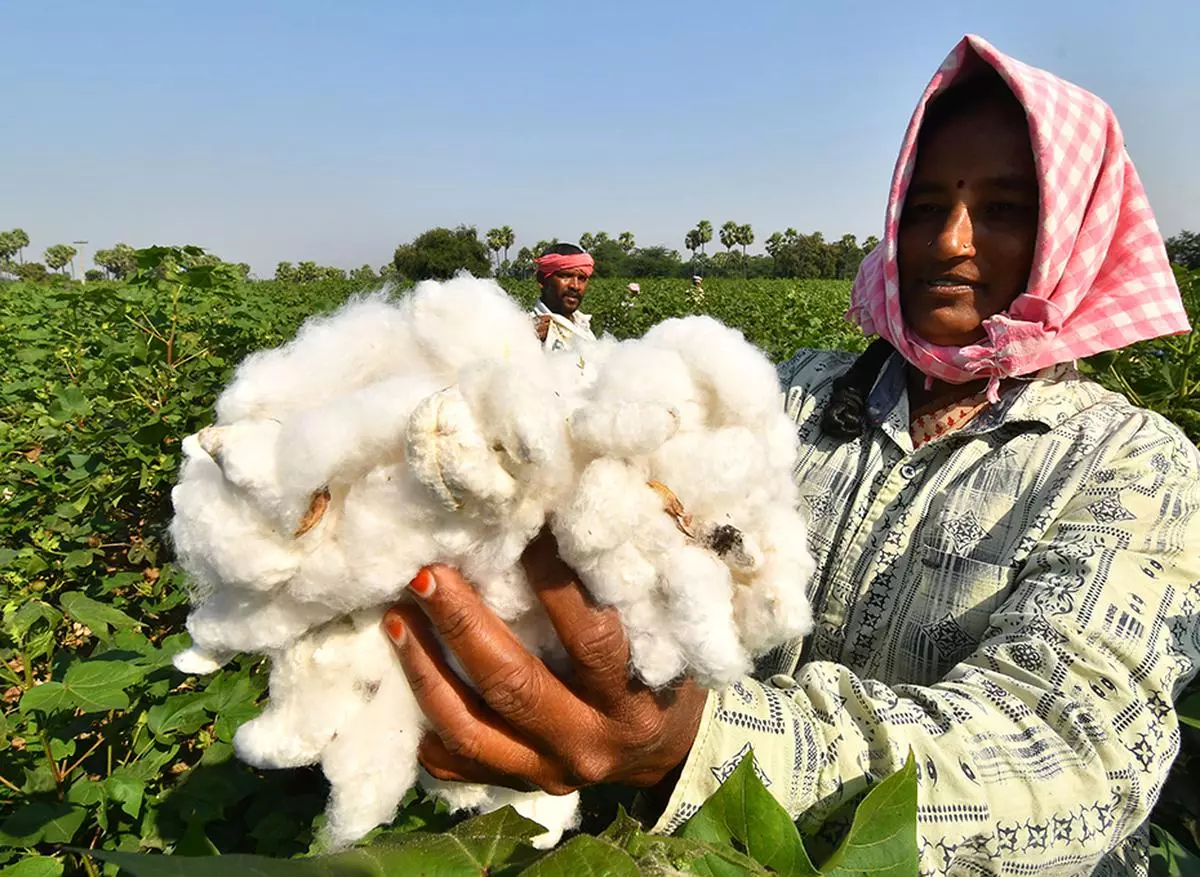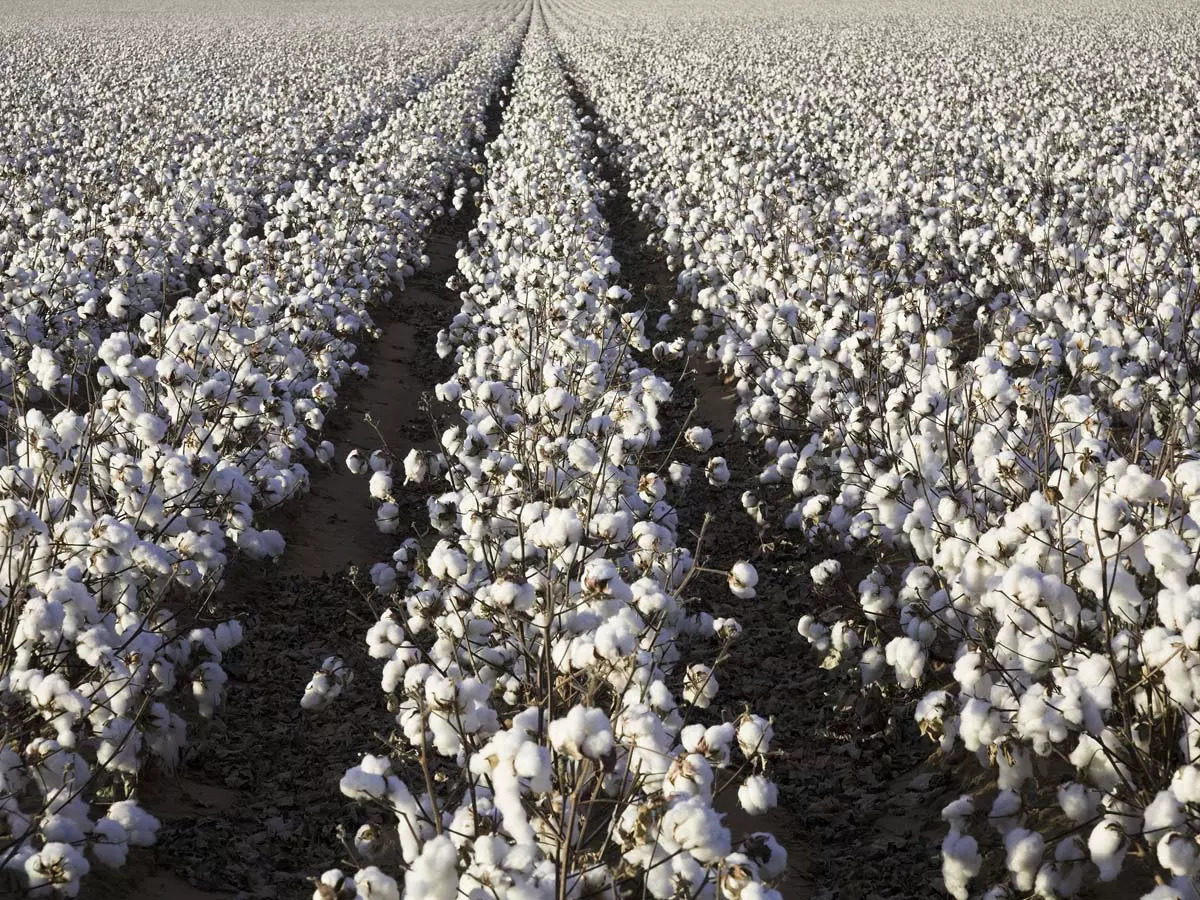Potential Impact of High Cotton Prices on 2022-23 Exports

Potential Impact of High Cotton Prices on 2022-23 Exports
The Cotton Association of India (CAI) has recently expressed concerns over the possibility of high cotton prices affecting the exports for the 2022-23 marketing year. This revelation by the CAI, one of the premier cotton trade organizations in the country, underscores the potential challenges faced by cotton growers, traders, and textile industries.
According to the Cotton Association of India (CAI), due to increased costs for the product on the domestic market, cotton exports are predicted to fall 64% in the 2022–23 marketing year, which ended in September. The beginning of the cotton marketing year is in October.
According to CAI data, cotton export dropped from 43 lakh bales during the 2021–22 marketing year to 15.50 lakh bales during the following year.”The decline in exports to 15.50 lakh bales in 2022–23 is mostly attributable to higher cotton prices in India during October–March, which were much higher than the world prices.
India’s cotton exports have been hampered by the high prices, CAI President Atul Ganatra said PTI. Following increased import duties, cotton imports are also anticipated to decrease in 2022–2023 by 2.50 lakh bales to 12.50 lakh bales, Ganatra noted.
Contrary to its prior prediction of 311.18 lakh bales, CAI now projects 318.90 lakh bales of cotton to be pressed during the 2022–2023 season. The total amount of cotton that was pressed in 2021–2022 was 307.05 lakh bales.
The expected total supply of cotton in 2022–2023 is 355.40 lakh bales, 5.22 lakh greater than the previous estimate of 350.18 lakh bales.The opening stock of 24 lakh bales at the start of the season on October 1, 2022, the expected 318.90 lakh bales of cotton pressings for the season, and the estimated 12.50 lakh bales of imports make up the estimated total supply of cotton.

For the 2022–2023 season, CAI has maintained its estimate of domestic consumption at 311 lakh bales.The report also showed that the carry-over stock, which was previously assessed to be 23.18 lakh bales, is now anticipated to be higher at 28.90 lakh bales.
The demand for cotton increased significantly as global economies rebounded from the impacts of the COVID-19 pandemic. A higher demand in combination with disruption in the global supply chain led to increased prices. Adverse climatic events in major cotton-producing regions have affected the yield and quality of the crop. This natural constraint on supply has pushed prices upwards.
The increasing costs of farming inputs like seeds, pesticides, and fertilizers have contributed to pushing up the cost of cotton production, leading to higher market prices.
India, being one of the largest cotton exporters, might find its produce less competitive in global markets due to high prices. Countries with lower production costs or surplus stocks might be in a position to offer cotton at more competitive rates.

The textile industry, which significantly relies on cotton as a raw material, might face increased production costs. This scenario can lead to higher prices for consumers and a potential reduction in demand, both domestically and internationally.
While the surge in prices can lead to increased revenues in the short term, if the demand reduces due to the high prices, it could result in unsold stocks and lower profit margins.
Various stakeholders in the cotton and textile industry have shared mixed reactions. Some believe that the high prices are a temporary phase and that market dynamics will stabilize in due course. Others express concern and emphasize the need for proactive measures to ensure sustained export growth.
Subsidies or financial assistance can be provided to farmers to offset the rising input costs, ensuring competitive pricing of cotton in global markets. Encouraging cotton growers and traders to diversify into alternative crops or value-added products can help reduce dependency on cotton exports.

Promoting research and development can lead to the production of high-yield and pest-resistant cotton varieties, potentially reducing production costs and ensuring consistent supply.
A streamlined and efficient supply chain can minimize disruptions, ensuring that cotton reaches markets timely and cost-effectively.

while the concerns raised by CAI about the potential impact of high cotton prices on exports in the 2022-23 marketing year are valid, proactive measures and strategic planning by the stakeholders can navigate the challenges and ensure that India continues to be a key player in the global cotton market.




